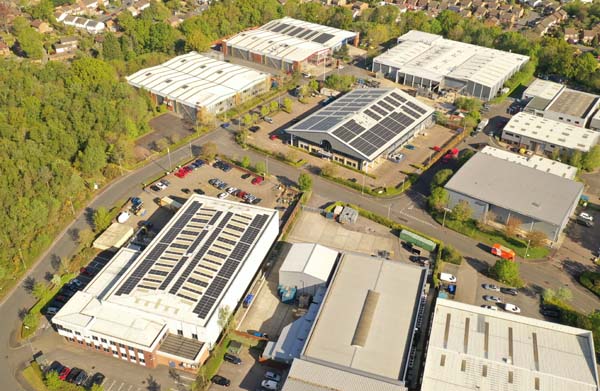Marine technology equipment supplier Sonardyne has announced that it is aiming to become carbon neutral by the end of 2025. According to the company, this makes it the first business of its type in the UK subsea industry to publicly announce such a target.
The goal covers direct and indirect emissions, including those associated with manufacturing as well as supply chain activities, from its UK sites and operations. The target will be guided by and certified to PAS 2060, the internationally accepted standard for carbon neutrality. PAS 2060 was developed by the British Standards Institution (BSI) and sets out requirements for quantification, reduction and offsetting of greenhouse gas emissions for organizations, products and events.
“Sonardyne recognizes the need for sustainable use of energy to mitigate climate impact and degradation of the environment for the preservation of future generations,” said Sonardyne’s managing director, Graham Brown. “Working to achieve PAS 2060 will help us clearly demonstrate our commitment to our employees, supply chain and communities where we operate.”
Sonardyne provides underwater technology solutions, including monitoring instruments for climate science. Its seabed deformation monitoring system, for example, was recently recognized with a Queen’s Award for Enterprise in Innovation.
Last year, Sonardyne invested heavily in roof-mounted solar arrays across its headquarters in Hampshire, covering an area equivalent to 13 tennis courts. The company also uses air source heat pumps, is ISO 50001 Energy Management System certified and has had a Building Management System installed for a number of years, helping it to make the most efficient use of energy for heating and power. Any further energy requirements are purchased from a certified renewable energy supplier.
Additional measures being considered to take it toward PAS 2060 include investment in large-scale batteries and grid services. These will benefit the company’s access to and cost of renewable energy. They will also provide additional storage to the wider grid. For areas that cannot be decarbonized any other way, the company will support high-quality certified carbon offsetting schemes.



